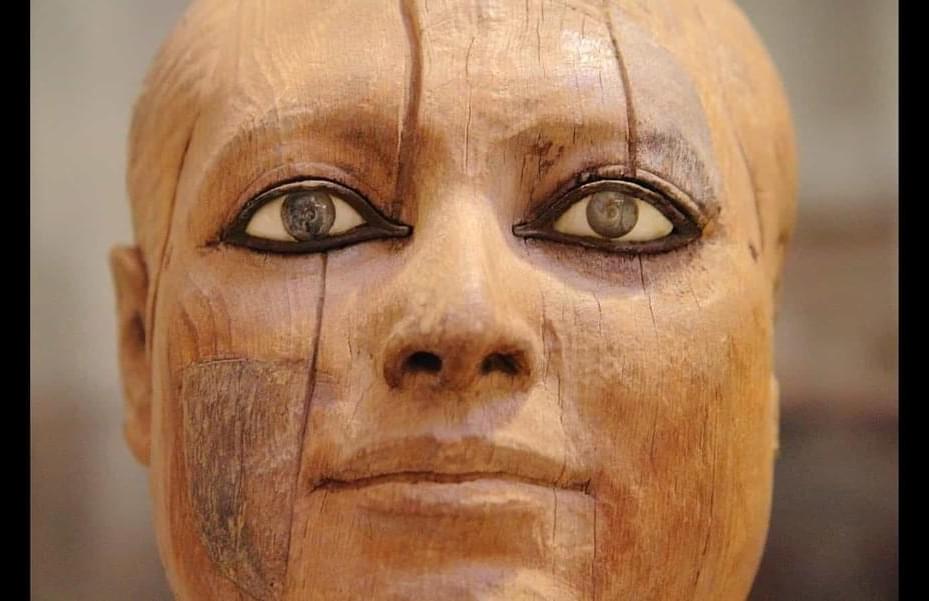In 1,860, Auguste Mariette unearthed an exceptional sculpture while excavating a mastaba in the Saqqara necropolis, north of the Step Pyramid of Djoser.
Egyptian workers quickly realized the uniqueness of the discovery and, impressed by its realism, named it Sheikh el-Beled (Arabic for the village head, that is, the mayor), possibly because it reminded them of someone from their locality.
It actually represents Kaaper, an Egyptian nobleman who lived in the late fourth or early fifth dynasty (circa 2500 BC); the mastaba (today called the Kaaper mastaba or Saqqara C8) was the burial place of his family. Since that, another sculpture of what is believed to be his wife was also found, although the name has not been preserved.










Comments are closed.